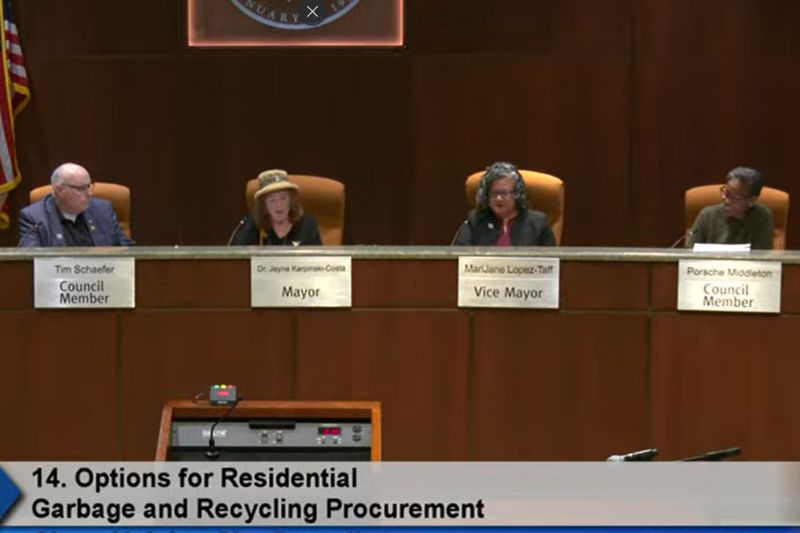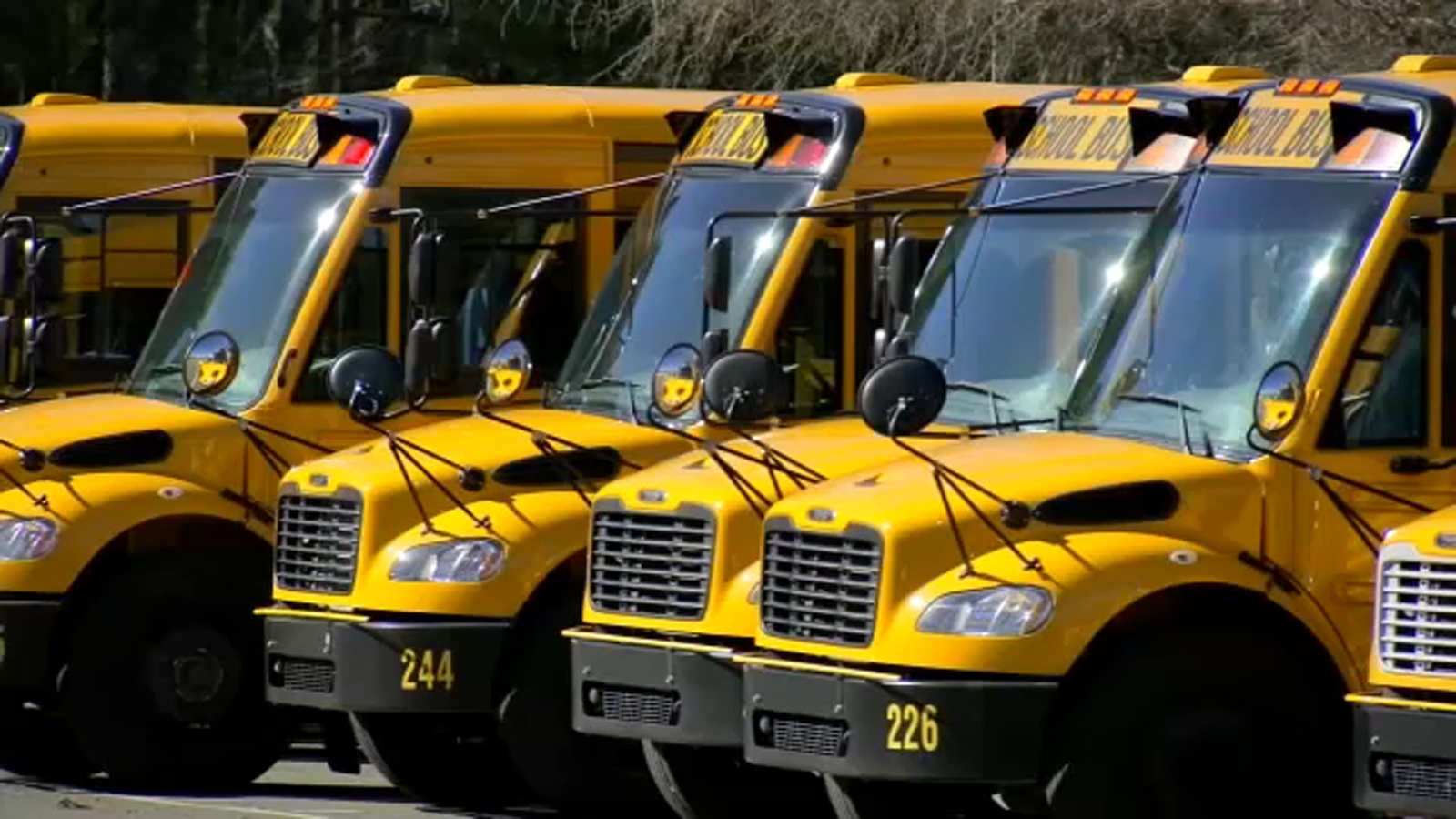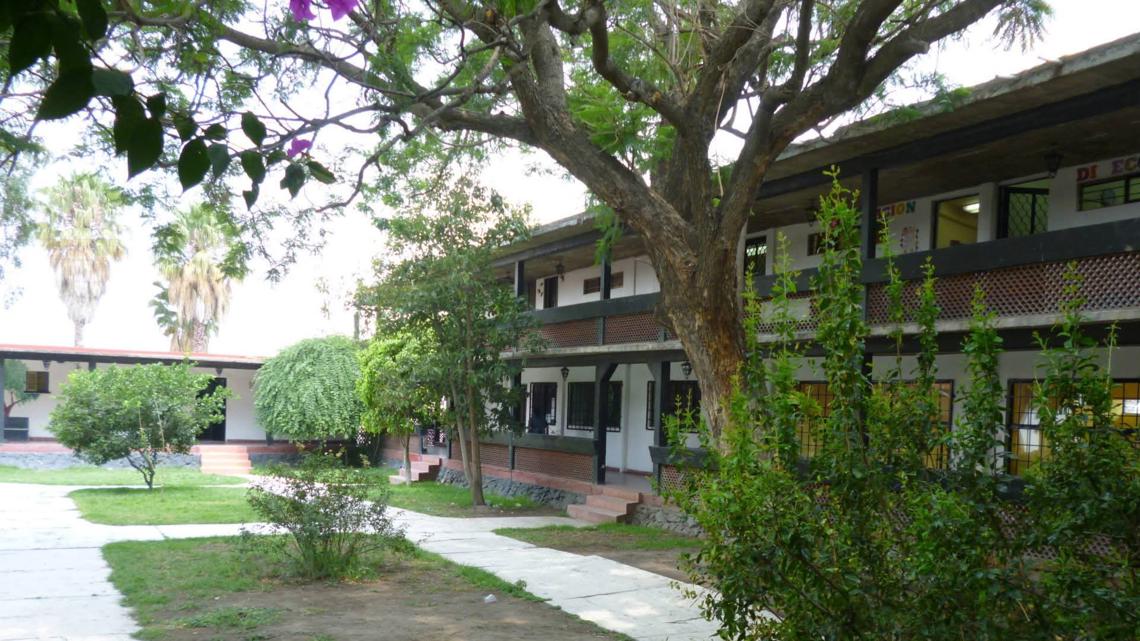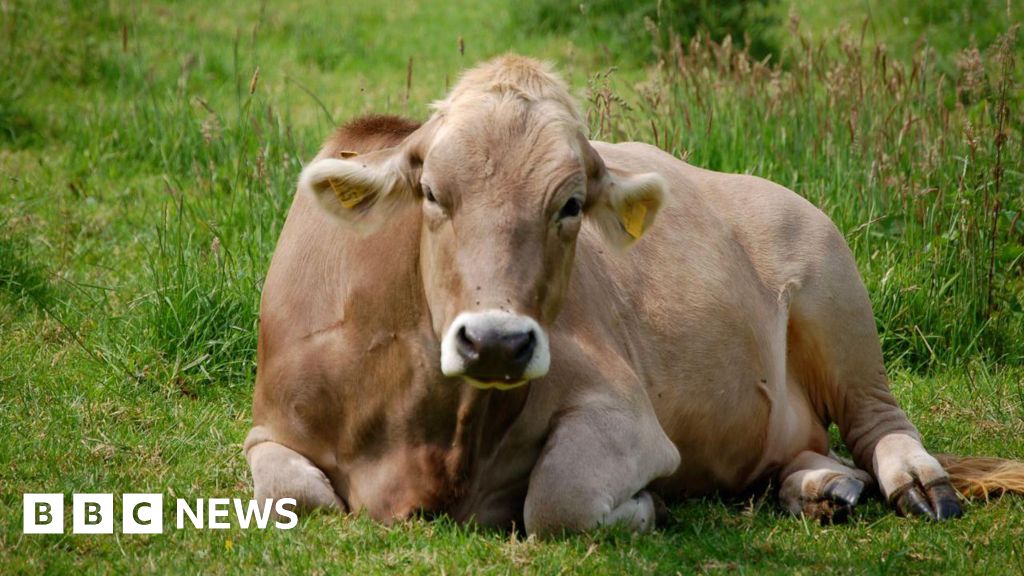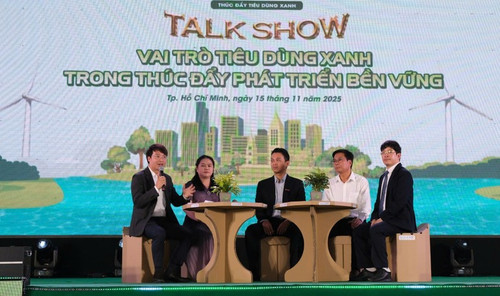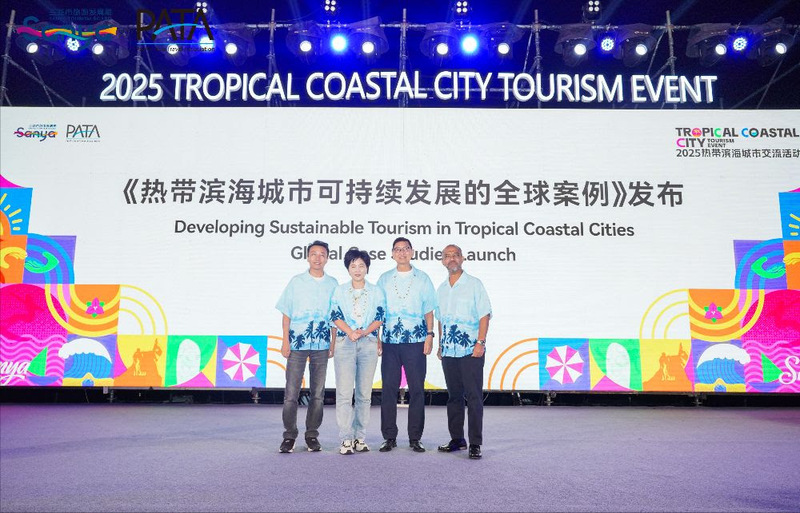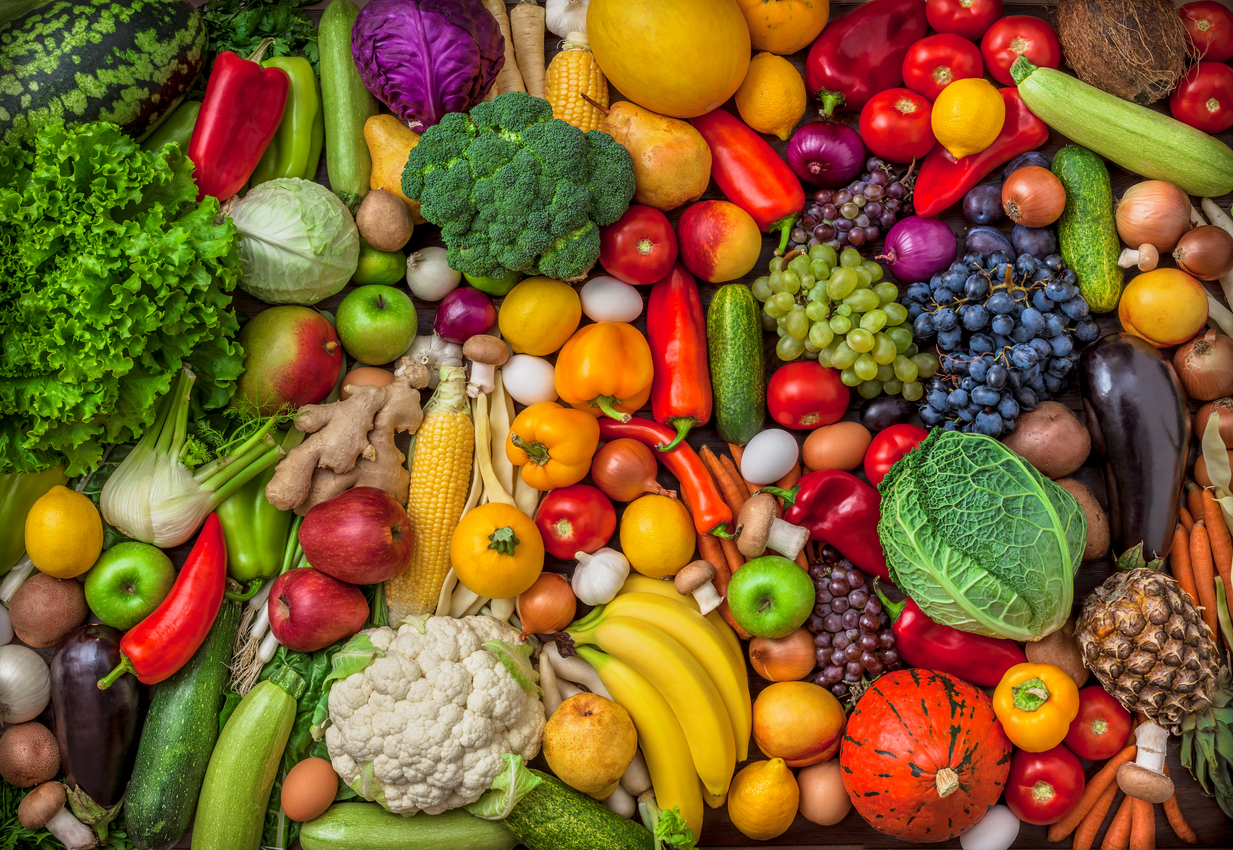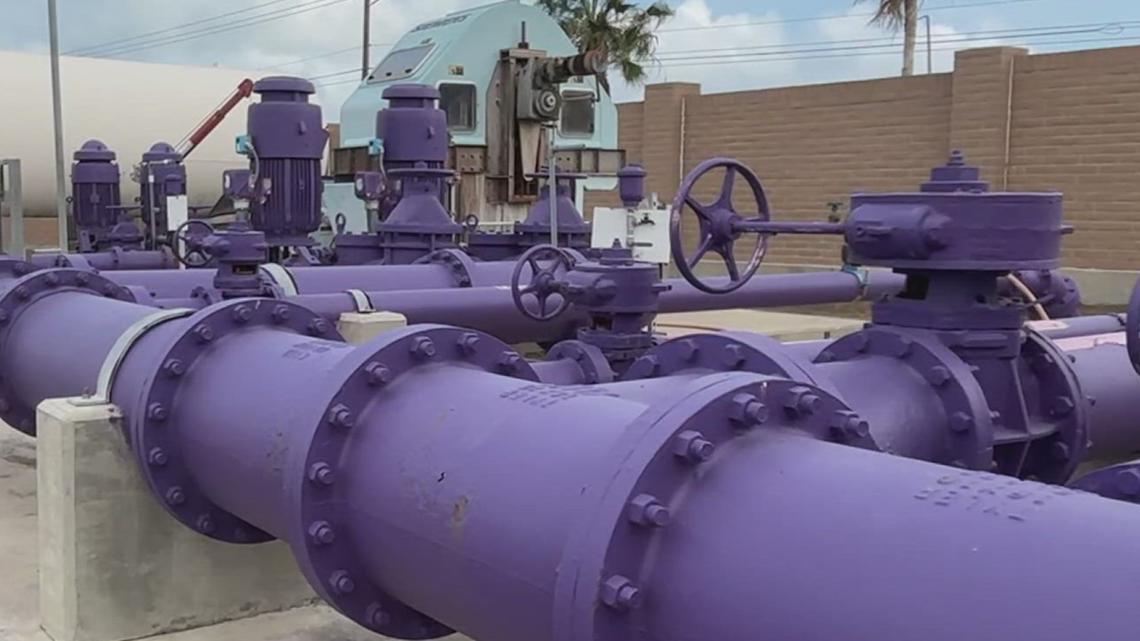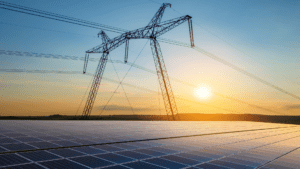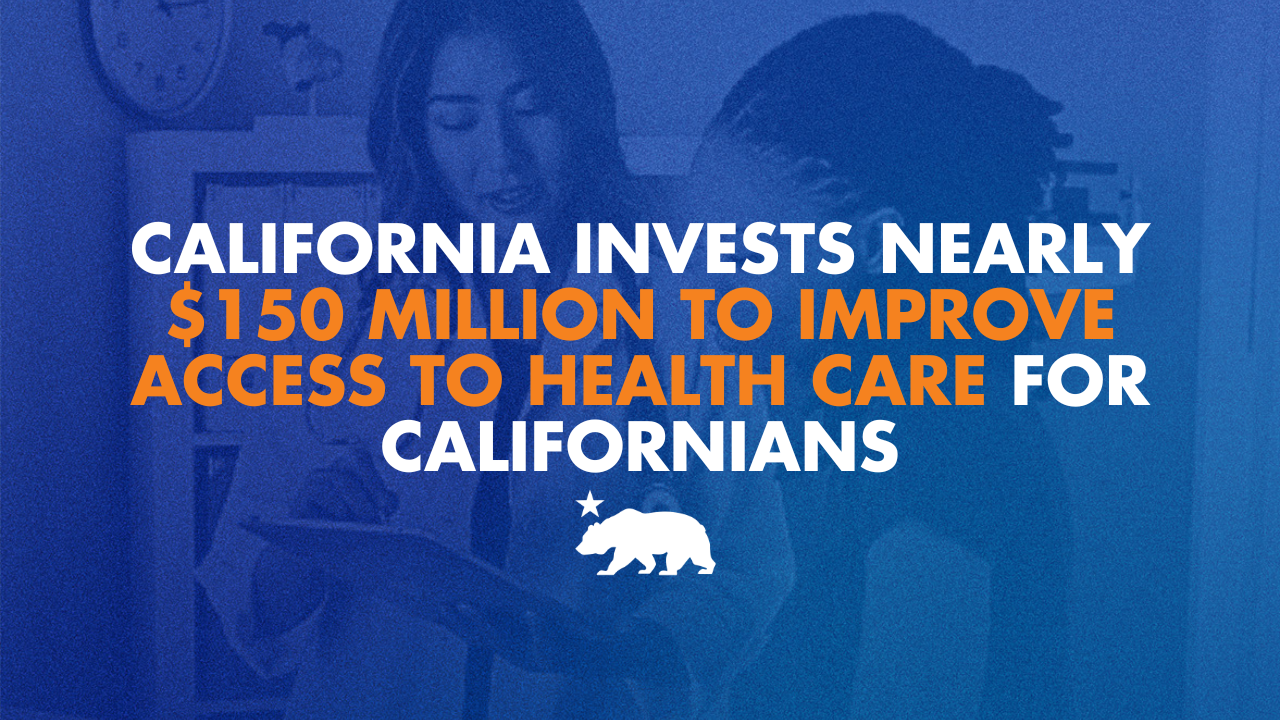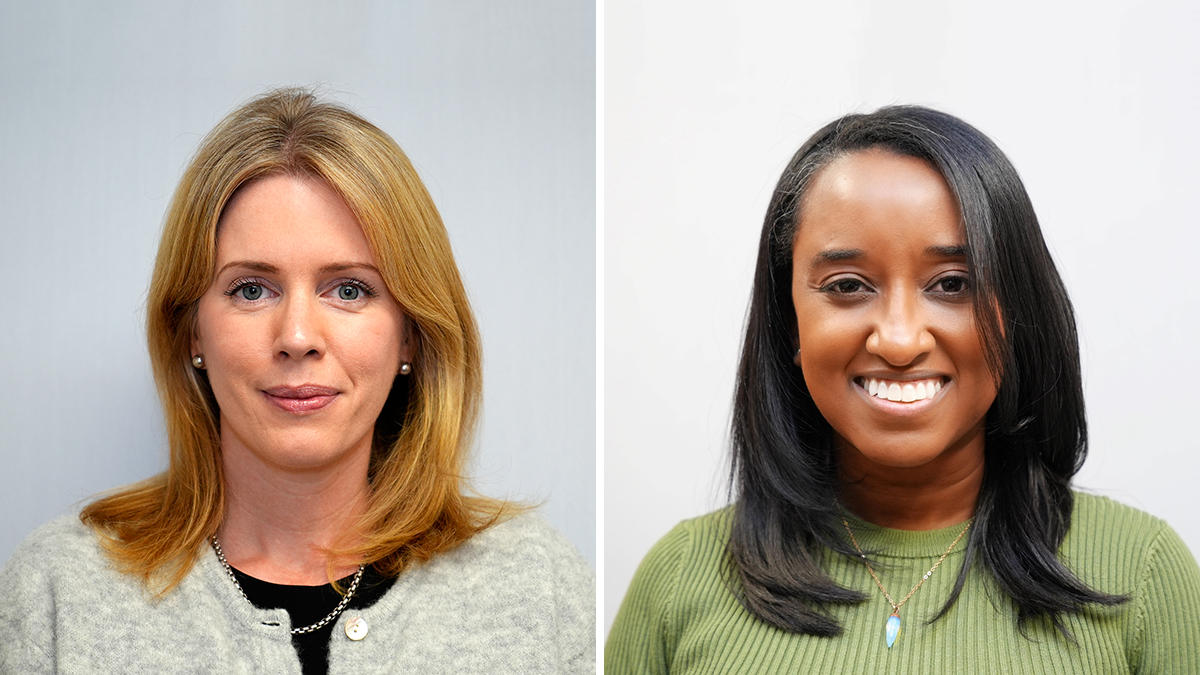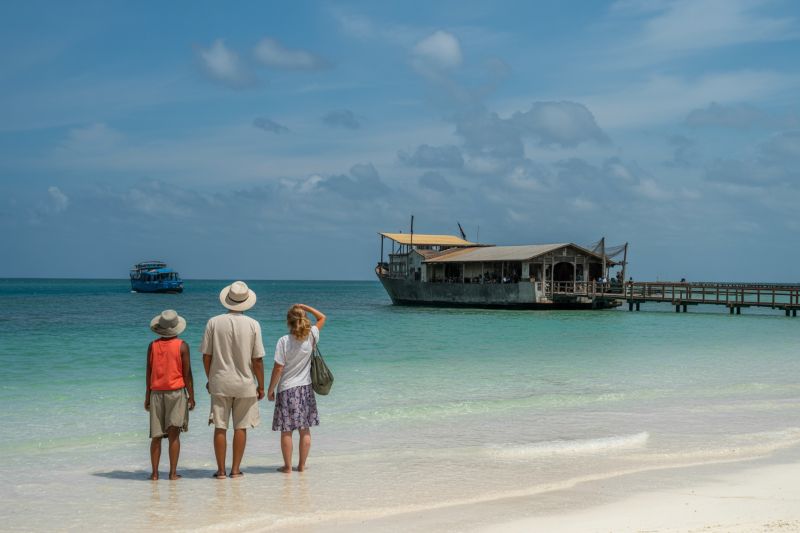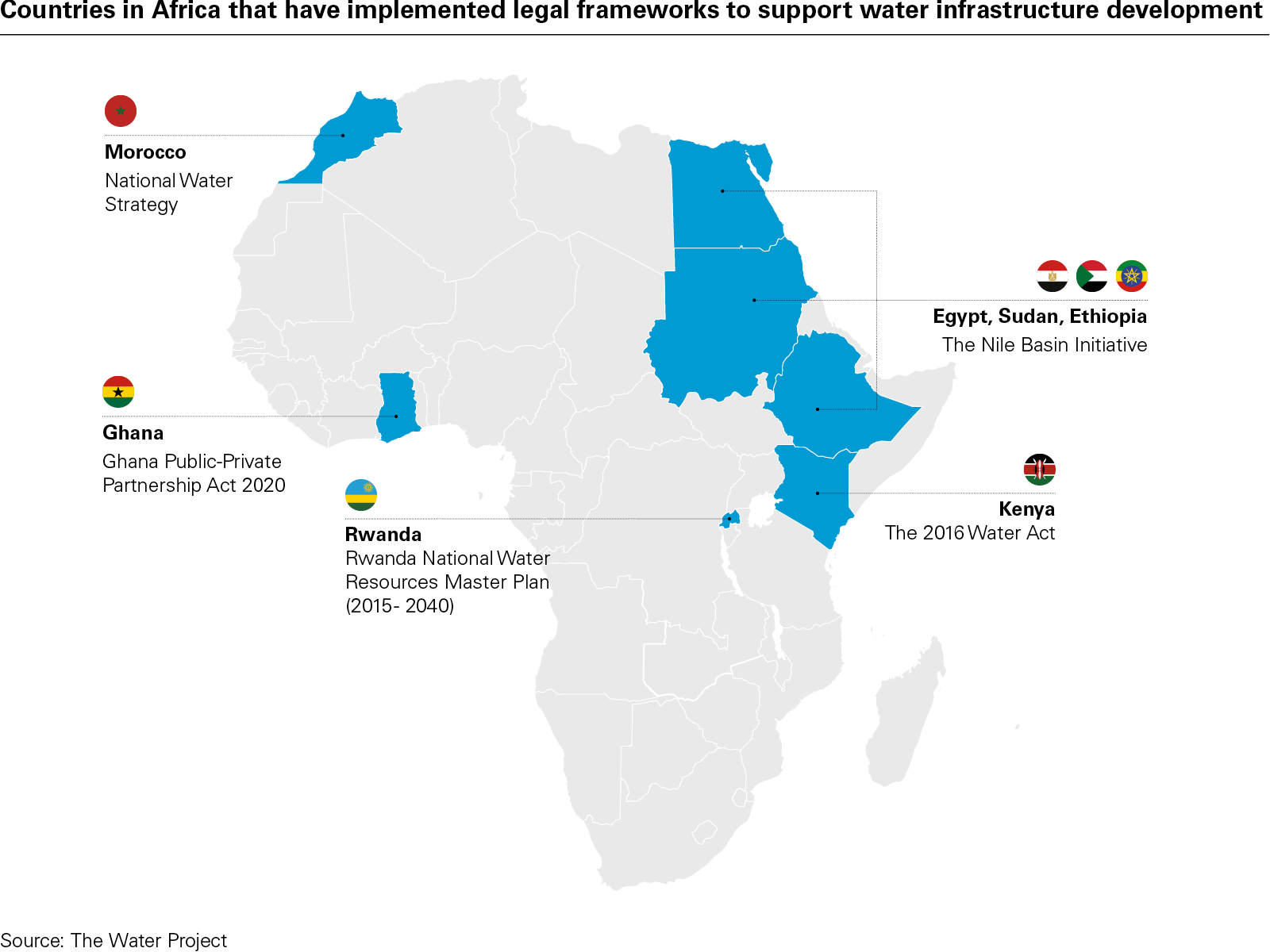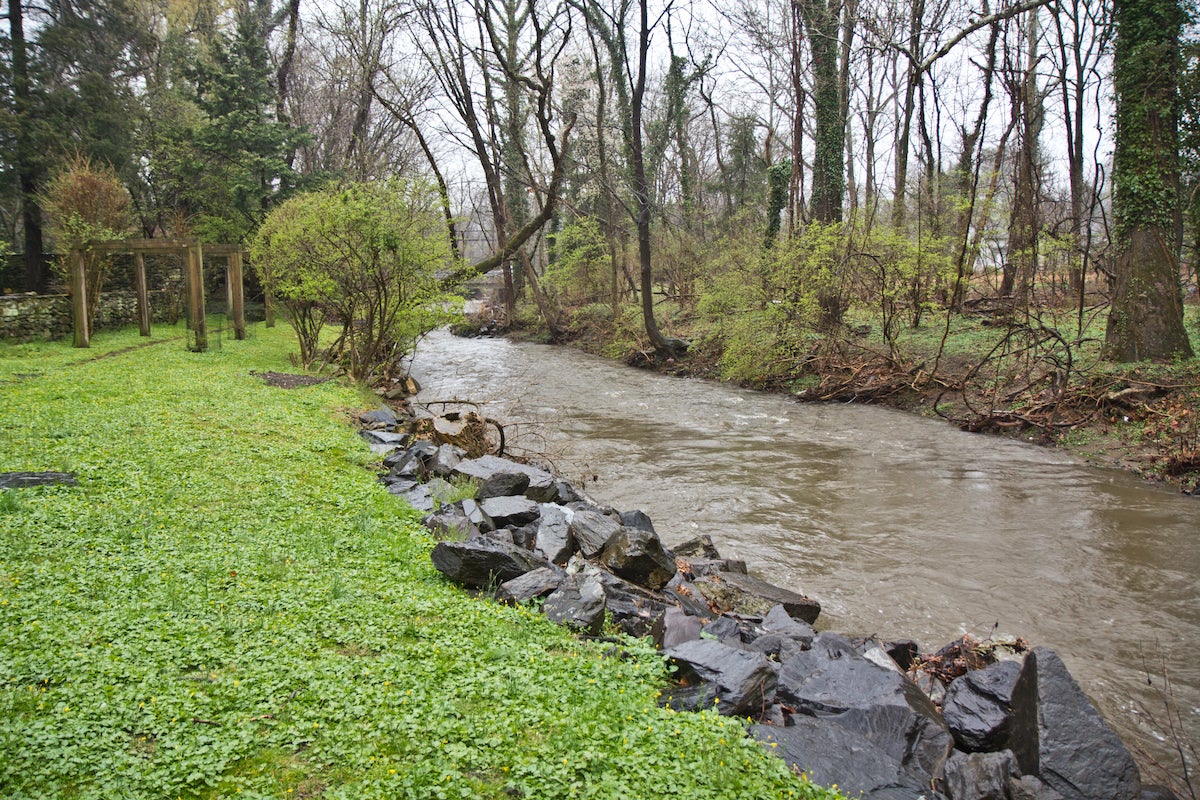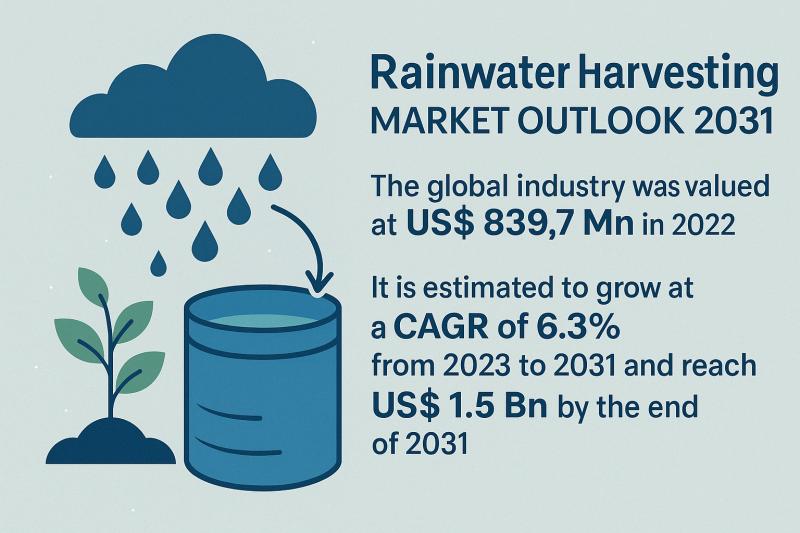MISSOURI DNR AWARDS $2.28 MILLION TO HOWARD COUNTY PUBLIC WATER SUPPLY DISTRICT NO. 2 FOR SYSTEM UPGRADES – KMMO
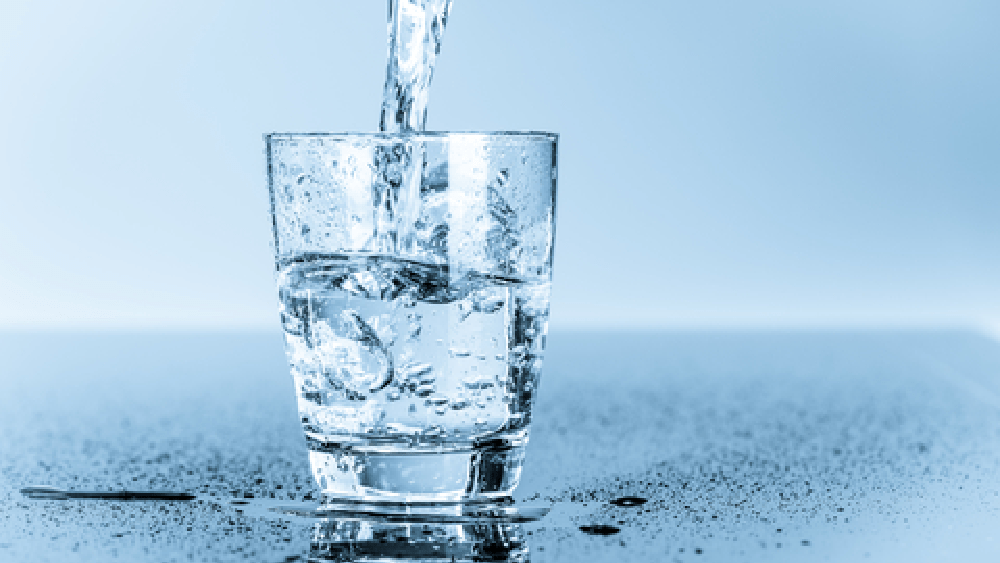
Report on Water Infrastructure Funding for Howard County, Missouri and Alignment with Sustainable Development Goals
Project Overview and Funding Allocation
The Missouri Department of Natural Resources has awarded $2.28 million to the Howard County Public Water Supply District No. 2. This funding is designated for comprehensive upgrades to the district’s water distribution, storage, and supply systems, with a projected completion date of May 2026. The financial package is structured to support the achievement of key Sustainable Development Goals (SDGs) by ensuring long-term water security for the community.
- Total Funding: $2.28 million
- Funding Source: Drinking Water State Revolving Fund (DWSRF)
- Composition:
- $390,060 DWSRF Grant
- $1.89 million low-interest DWSRF Loan
- Loan Forgiveness: $1.16 million in principal forgiveness
Contribution to Sustainable Development Goal 6: Clean Water and Sanitation
This initiative directly advances SDG 6, which aims to ensure the availability and sustainable management of water and sanitation for all. The project’s objectives are critically aligned with several targets under this goal:
- Target 6.1: Safe and Affordable Drinking Water: By upgrading distribution and supply systems, the project works to guarantee universal and equitable access to safe drinking water for the residents of Howard County. The financial structure, including significant principal forgiveness, helps maintain affordability for ratepayers.
- Target 6.b: Community Participation: The funding model, which supports a local public water supply district, strengthens the participation of local communities in improving water management, a core component of this target.
Project Components and Infrastructure Resilience (SDG 9 & SDG 11)
The planned upgrades are designed to build resilient infrastructure, a cornerstone of SDG 9 (Industry, Innovation and Infrastructure) and SDG 11 (Sustainable Cities and Communities). By enhancing the reliability of essential services, the project makes the community more sustainable and resilient.
Key project components include:
- Installation of a new regional connection with the Howard County Regional Water Commission.
- Construction of a new booster pumping station to improve water pressure and flow.
- Installation of a standby generator to ensure operational continuity during power outages.
- Addition of new water lines to expand and secure the distribution network.
Financial Impact and Strategic Partnerships (SDG 17)
The project exemplifies a successful partnership between state and local entities, reflecting the principles of SDG 17 (Partnerships for the Goals). The financial assistance provided by the Missouri Department of Natural Resources through the DWSRF will yield substantial savings for the community, reinforcing the goal of affordable water access.
- Estimated Principal Savings: Over $1.5 million
- Estimated Interest Savings: Approximately $315,000 over the 20-year loan term
This financial structure not only facilitates necessary infrastructure improvements but also ensures the long-term economic sustainability of the water utility, directly benefiting local ratepayers.
Analysis of Sustainable Development Goals in the Article
1. Which SDGs are addressed or connected to the issues highlighted in the article?
-
SDG 6: Clean Water and Sanitation
This is the most directly relevant SDG. The entire article focuses on a project to upgrade water distribution, storage, and supply systems. The goal is to ensure the public has access to safe and reliable drinking water, which is the core mission of SDG 6.
-
SDG 9: Industry, Innovation and Infrastructure
This goal is also addressed as the project involves a significant investment in developing quality, reliable, and resilient infrastructure. The article details the construction of a new booster pumping station, a standby generator, and additional water lines, which are all critical infrastructure components for a community.
2. What specific targets under those SDGs can be identified based on the article’s content?
-
Target 6.1: By 2030, achieve universal and equitable access to safe and affordable drinking water for all.
The project’s purpose is to provide upgrades to the Howard County Public Water Supply District’s systems. This directly contributes to ensuring the population has access to safe drinking water. The financial structure of the funding, which includes a low-interest loan and principal forgiveness, is designed to save ratepayers over $1.8 million, directly addressing the “affordable” aspect of this target.
-
Target 9.1: Develop quality, reliable, sustainable and resilient infrastructure… to support economic development and human well-being, with a focus on affordable and equitable access for all.
The article describes the development of resilient water infrastructure. The inclusion of a “standby generator” is a specific measure to enhance the system’s resilience against power outages. The “new regional connection” and “new booster pumping station” are upgrades aimed at improving the quality and reliability of the water supply, which is essential for human well-being.
3. Are there any indicators mentioned or implied in the article that can be used to measure progress towards the identified targets?
-
Indicators for Target 6.1:
While the article does not mention the official indicator (6.1.1: Proportion of population using safely managed drinking water services), it provides financial indicators related to affordability. The specific amounts mentioned can be used to measure progress:
- Total project funding of $2.28 million dedicated to improving water systems.
- Savings for ratepayers, estimated at over $1.5 million in principal and approximately $315,000 in interest, which serves as a direct measure of increased affordability.
-
Indicators for Target 9.1:
The article provides clear, measurable indicators of infrastructure development:
- The total financial investment in the infrastructure project ($2.28 million).
- The specific physical components being installed: “a new regional connection,” “a new booster pumping station,” “a standby generator,” and “additional water lines.” The completion of these components by the May 2026 deadline is a tangible indicator of progress.
4. Table of SDGs, Targets, and Indicators
| SDGs | Targets | Indicators |
|---|---|---|
| SDG 6: Clean Water and Sanitation | 6.1: Achieve universal and equitable access to safe and affordable drinking water for all. |
|
| SDG 9: Industry, Innovation and Infrastructure | 9.1: Develop quality, reliable, sustainable and resilient infrastructure. |
|
Source: kmmo.com
What is Your Reaction?
 Like
0
Like
0
 Dislike
0
Dislike
0
 Love
0
Love
0
 Funny
0
Funny
0
 Angry
0
Angry
0
 Sad
0
Sad
0
 Wow
0
Wow
0



